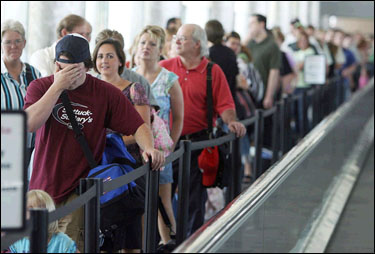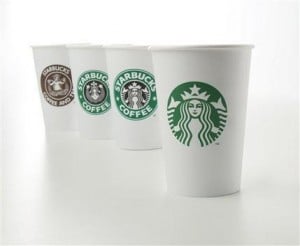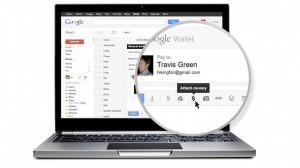Chief marketer Stephen Quinn was interviewed by Geoff Calvin on the strategies he enforced on the makeover of Wal-mart. In recent quarters, Wal-mart was doing terribly in sales when the economy was at its worst. Individuals lost their jobs which lead to little to no sales at Wal-marts nationwide. Quinn then began to look at the problems behind these inaccurate sales and he came up with; individuals who had little income, due to the recession that hit the economy badly were Wal-Mart majority shoppers, Wal-Mart prices had to change also, and if the prices did not change, Wal-Mart would have soon been out of business in just a couple of years down the road. As Quinn and his marketing and managemnet’s teams work hard on this new makeover, Wal-Mart main focus were to keep and develop new customers and help them save money and live better. Executives at Wal-Mart guarantee that shopping at Wal-Mart will give their customers the lowest price and top brands than any other retail store. As the economy began to grow after the recent recession, Wal-Mart’s sales began to pick up dramatically and are now the #1 retailer store.Walmart’s location tends to have exceptionally better sales in rural and suburban areas than in large cities areas.Wal-Mart has all kinds of groups shopping at their store, but everyone is there to save money. Indeed Wal-Mart has individuals who are well off in life, but they too want to save money as those who are not so well off in life. As Wal-Mart was creating their makeover, they notice that their rival surrounding stores were creating lower prices than Wal-Mart stores and customers began to respond and start to shop at those stores. Wal-Mart took action, not only did Wal-Mart reduce their prices, but they also made majority of their stores a one stop shop, where customers can shop for groceries, clothing, home furniture items, and much more at a cheaper price. Wal-Mart also introduces the concept called price matching. This concept was basically when a customer brings in a sales paper from another store and compares Wal-Mart and the other store prices. If the other store price were better and lower than Wal-Mart, Wal-Mart would than price match that price and give the customer the price of the lower cost. Quinn and his marketing team target families and individuals who had little income. They focused on revamping their prices so that those individuals can save their, buy what they want and need, and live a better life. Even before the recession had struck the nation, Walmart’s strategies were still focusing on the working class and/or the middle class. As I was reading this article it shows how Wal-mart operates its business in order to maintain its spot as the#1 retail store in the United States and it also shows how their low cost method is what benefits their customers the most. However, the implications of Walmart’s quality their employment practices may not be up to part to some people, Walmart has still shown tremendous profitability in their market. http://money.cnn.com/2011/12/14/news/companies/walmart_stephen_quinn_leadership.fortune/index.htm
Question: Even though Walmart target market is the working class, how would you express its conditions of management skills with its workers who work there?



 The merge initially has many benefits, but over time there are very important executive decisions to make in order to optimize all dimensions of a quality service. One benefit is that combined they will operate in over 500 cities in the United States. They also decided to keep all 650 full-time employees. The former CEO of GrubHub Matt Maloney will remain CEO while the former CEO of Seamless Jonathan Zabusky will be president.
The merge initially has many benefits, but over time there are very important executive decisions to make in order to optimize all dimensions of a quality service. One benefit is that combined they will operate in over 500 cities in the United States. They also decided to keep all 650 full-time employees. The former CEO of GrubHub Matt Maloney will remain CEO while the former CEO of Seamless Jonathan Zabusky will be president. 



